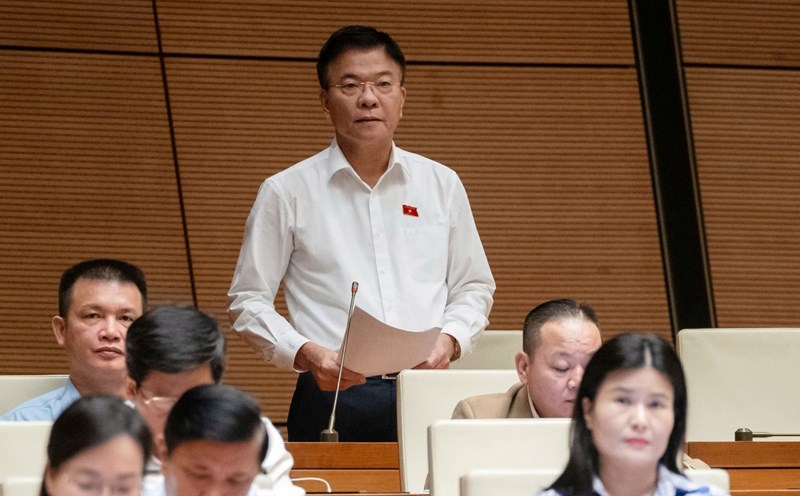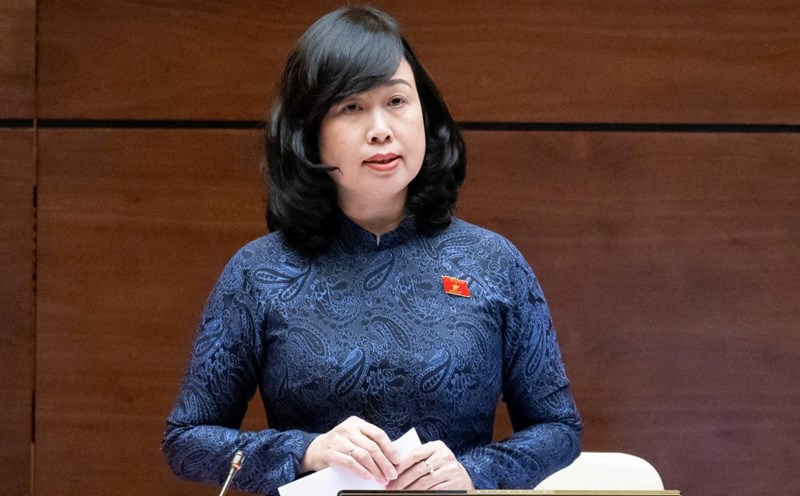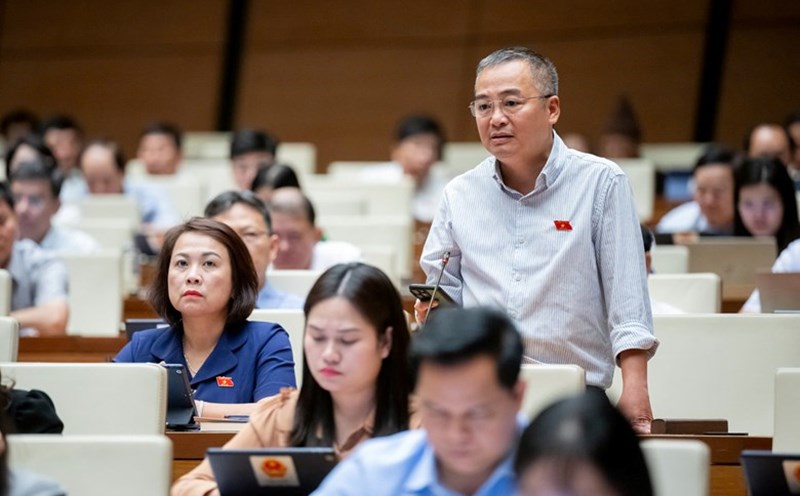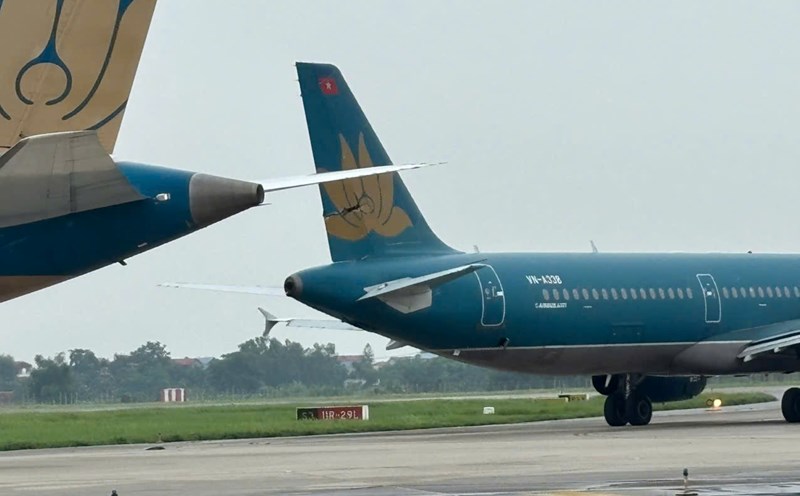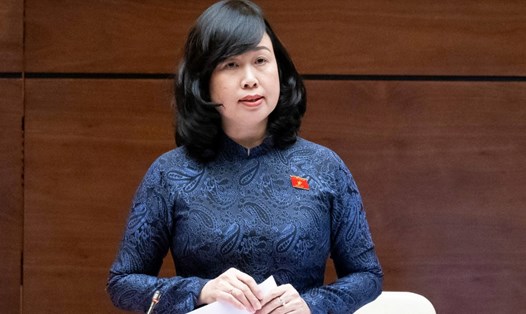Circular 22 “Regulations on direct payment of drug and medical equipment costs for people with health insurance cards who go for medical examination and treatment” of the Ministry of Health is considered a solution for patients in the context of many hospitals lacking drugs and medical supplies, and health insurance benefits being affected.
Ms. Tran Thi Trang - Director of the Department of Health Insurance, Ministry of Health - said that to ensure the rights of health insurance participants in objective cases of lack of medical supplies, the Ministry of Health has presented synchronous solutions.
Firstly, in this revised draft Law on Health Insurance, a mechanism for transferring drugs between medical facilities is added in case of shortage of drugs and supplies and the patient cannot be transferred elsewhere.
The second solution is, in case the patient has been transferred but there is still no medicine, due to local shortages, broken supply, while drug retail facilities in some places have supplies or medicine for each patient's case, the patient can buy it outside and pay the Social Insurance agency for the amount spent.
However, there are also opinions that instead of patients having to pay directly to the Social Insurance agency, there should be a mechanism for the hospital to pay the patient, then the hospital pays back to the Social Insurance agency, to reduce procedures for the patient.
Therefore, the Ministry of Health has proposed amendments to Article 31 of the Health Insurance Law this time. If approved by the National Assembly, patients will have two options: Pay directly to the medical facility and the medical facility will pay back to the Social Insurance agency. In case the medical facility does not sign a contract with the Health Insurance, the patient will pay directly to the Social Insurance agency.
Thus, there is a synchronous mechanism in protecting patients' rights, but most importantly, the conditions have been strictly regulated in prescribing drugs purchased from outside, or transferring drugs, to reduce the situation of widespread prescribing of drugs purchased from outside or drug adjustment.
“Direct payment or drug transfer is not a recommended solution, but should only be implemented in cases of objective force majeure,” Ms. Trang emphasized.
Strict direct payment procedures
According to the Director of the Health Insurance Department, not all cases of purchasing drugs and medical equipment from outside when the hospital does not provide enough are paid directly, but only in the following cases: Drugs on the List of Rare Drugs and medical equipment of type C or D (except for in vitro diagnostic medical equipment, personal medical equipment, medical equipment on the list of medical equipment issued by the Minister of Health are bought and sold like normal goods).
The documents and procedures for direct payment include photocopies (with originals for comparison): Health insurance card, identity card; hospital discharge papers, medical examination form or medical examination book; invoices and related documents.
Direct payment procedure: The patient or relative (or legal representative) directly submits the application to the district-level Social Insurance agency where they reside. The district-level Social Insurance agency is responsible for receiving the patient's payment request and issuing a receipt. If the application is not complete according to regulations, instructions will be provided for complete supplementation.
Within 40 days from the date of receipt of the complete payment request, the health insurance assessment must be completed and the medical examination and treatment costs paid to the patient or the patient's relative or legal representative. In case of non-payment, a written response must be given stating the reason.

